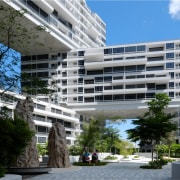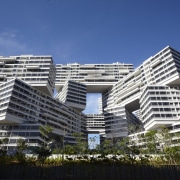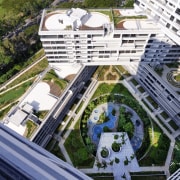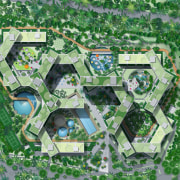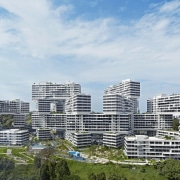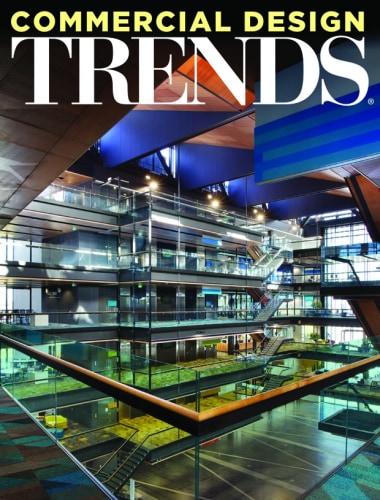The Interlace, an apartment complex in Singapore by OMA
The Interlace apartment development in Singapore offers affordable housing, and features stacked building blocks in hexagonal pattern.
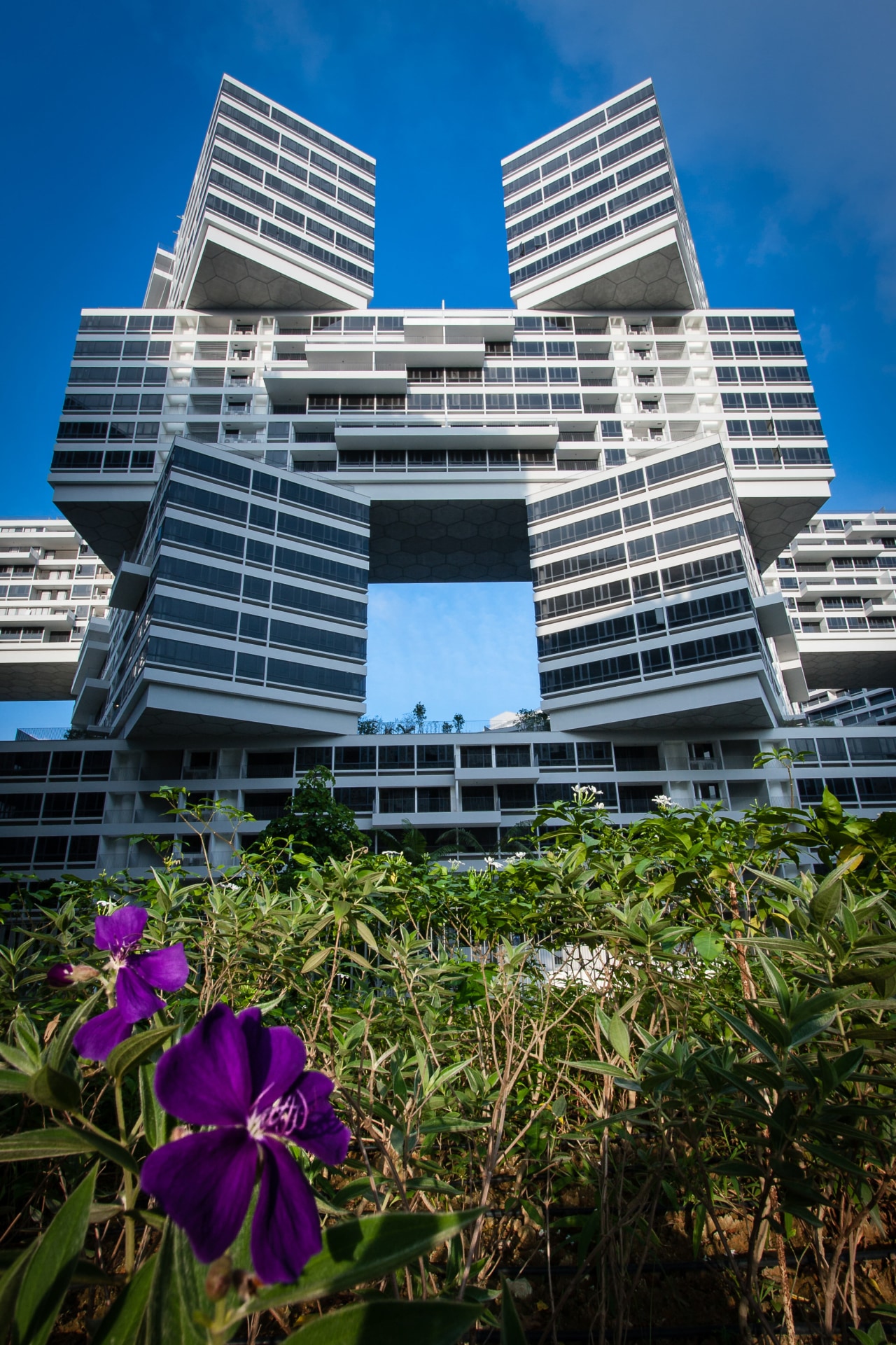
Distinguished architectural firms are most often commissioned to design prestigious projects for the high end of the market. But the experience and skills they can bring to a more populist market niche can have far greater ramifications.
This Singapore project proves that innovative architecture is not the sole prerogative of an elite few. Rather, it can be accessible to a much wider market in this case more than 1000 households.
The Interlace, developed by CapitaLand Singapore, was designed by architect Ole Scheeren working for OMA. The design brief was straightforward the development needed to create an iconic urban habitat of the future, says Wong Heang Fine, chief executive officer of CapitaLand Singapore (Residential).
"This was always going to be an exemplary development that would promote a sustainable, highly accessible and eco-friendly living environment, with a strong sense of community," he says. "We set out to create an outstanding design for a development that is not only within reach of those who aspire to own a private residential unit, but also those who aspire to a unique lifestyle."
The design was driven by many factors, including the shape of the 8ha site, which completes a 9km green belt. It was also determined by the need to maximise opportunities for social interaction.
"In Singapore, the standard typology for residential developments is a cluster of isolated, towers, which do little to enhance a sense of community," the architect says. "This design, in contrast, explores a dramatically different approach to tropical living, providing an expansive and interconnected network of communal spaces within a natural environment."
Thirty-one apartment blocks, each six storeys high, are stacked in a hexagonal arrangement to create eight large-scale courtyards. The interlocking blocks resemble a vertical village, complete with cascading sky gardens and both public and private roof terraces. Extensive residential amenities and facilities are interwoven with the landscape, amid lush vegetation, providing opportunities for social interaction, leisure and recreation.
"The architecture is more about the spaces between the buildings than the built-up areas themselves," says Scheeren. "While the buildings provide the residences, they are more importantly a tool to generate the open spaces."
The architect says the company experimented with many different configurations to maximise the design of the courtyards and natural light.
"In the end, it was the hexagon that won out over a square or rectangular form. The angles at which the buildings meet are 120°, not 90°. This means the buildings are slightly turned away from each other, which helps to open up the views and provides more privacy. It also creates well-articulated outdoor areas."
Scheeren says the stacking principle ensured there would always be openings in the blocks.
"There are no sealed envelopes the buildings are completely permeable," he says. "This allows the light, wind and cooling breezes to penetrate. It also creates visual openings, so residents don't feel cut off from the wider landscape. The development has a very different feel to a tower block it is all about lightness, openness and transparency."
The architect says the exterior of the building is layered to create a stratification of outdoor living areas. These range from highly communal sky gardens to slightly more private terraces and very private spaces. All apartments have balconies, and many have protruding terraces that can become an extension of the living room.
"It looks deceptively simple, but there is a richness and complexity to the architecture that helps to generate a sense of excitement and freedom," says Scheeren. "The development never feels crowded.
"The accommodation itself is also varied within each block. While the overall building form is highly dynamic, each individual block is an entirely pragmatic rectangle that allows a very efficient layout. Spaces are also generously sized and light filled, and the quality of the fit-out is high."
As with all OMA buildings, sustainable design determined every aspect of the architecture.
"We incorporated passive design strategies throughout the project," says the architect. "Daylight is optimised, and there is shading in the courtyards. Apartments are positioned to minimise solar gain, while taking advantage of the breezes permeating through the building. The apartments also benefit from evaporative cooling over the various bodies of water, which remove humidity."
Communal facilities include an environmental deck, which is integrated into the green belt. This incorporates the eight themed courtyards created by the built forms, which in turn are linked by a 4m-wide jogging track. One of the courtyards is designated as a community garden for use by residents. Art works, including sculptures by renowned artists, have been integrated into the landscape.
Multi-generational interaction is encouraged, with children's playgrounds as well as exercising equipment for adults and the elderly. Approximately 130 apartments are designed with ageing-in-place provisions, such as step-free bathrooms. There are also 16 dual-key units, which provide separate but adjoining apartments that will serve the needs of multi-generational families.
Wong Heang Fine says that at the end of May 860 units out of 1040 had been sold.
"The feedback from residents confirms The Interlace is like a self-sufficient community within a well-established development, with all the facilities they need available on site."
Wong says the development has already received several notable awards and has cemented its position as a new Singapore landmark.
Story by: Trendsideas
Home kitchen bathroom commercial design
Commercial Design Trends Vol. 30/9
Commercial Design Trends is aimed at our professional readers, and showcases commercial buildings. The book features reg...
Read More
